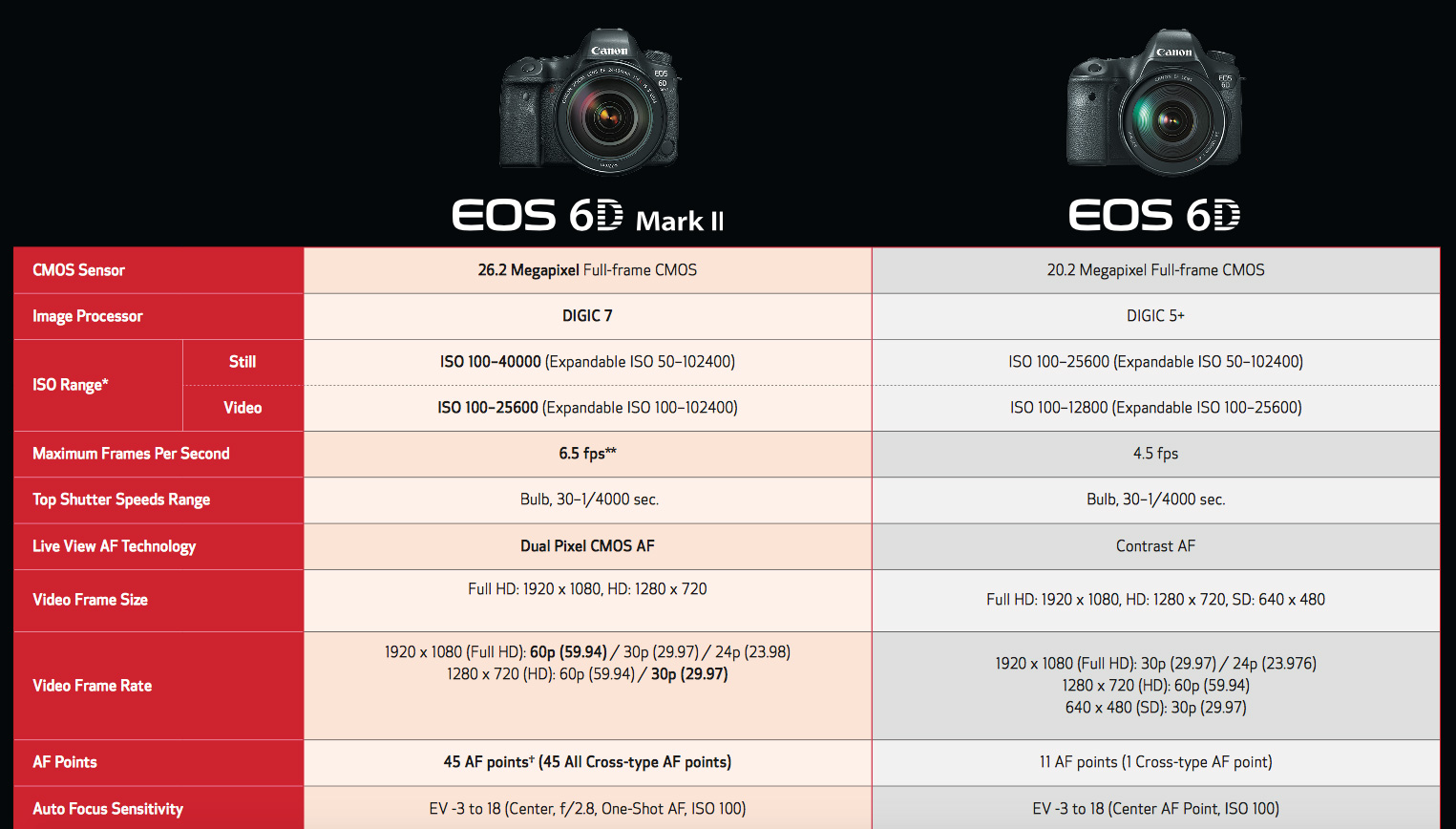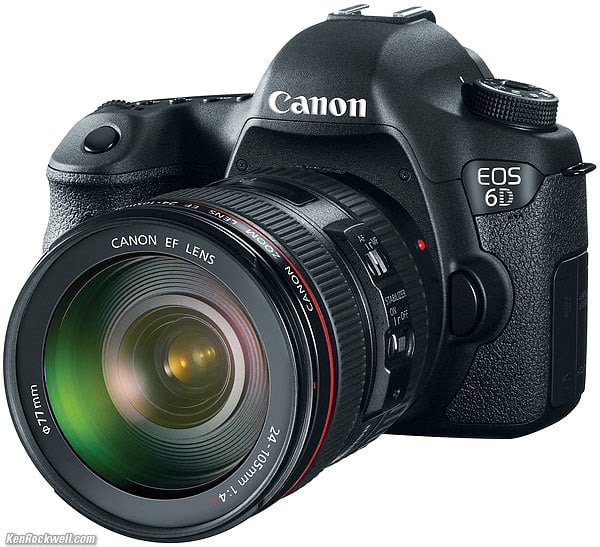


This means that a camera like the Canon 90D, part of a lineup that would technically be considered a half-step below the 7D, offers 45 AF points, all cross-type. Not that the 6D’s autofocus is bad: when using one-shot AF, it’s perfectly fast, and the camera only starts to struggle when trying to continuously focus around the periphery of the frame.Īs with image quality, you should be aware that AF capabilities have advanced greatly in recent years. In practical terms, this means that the Canon 7D focuses more quickly and offers better AF coverage, which is necessary when shooting erratic subjects, such as birds, wildlife, and sports players. That’s why you get 19 cross-type autofocus points on the 7D, which was quite fast for the time – compared to 11 points (and just one cross-type point) on the 6D. While the 6D was designed for photographers who wanted affordable full-frame image quality, the 7D was designed for photographers who prize speed over all else. If the Canon EOS 6D stands out in terms of image quality, then the Canon EOS 7D shines in its autofocus and continuous shooting capabilities.
#Focus points 5d mark iii vs 6d full
(If you’ve got the budget and are keen to use a full frame camera, check out our comparison of Canon 6D vs 5D Mark III.) So if dynamic range is important to you, I’d recommend going for a different option entirely. Interestingly, both cameras are pretty comparable when it comes to dynamic range, offering around 12 stops (though the Canon 6D edges out the 7D by a hair).Ĭanon has pushed its latest cameras firmly into the 13-14 stop territory, with competitors like Nikon and Sony a stop beyond that.
#Focus points 5d mark iii vs 6d iso
This translates to around two stops of high ISO improvement on the 6D versus the 7D, which can be critical for anyone looking to capture low-light images – such as event photographers, astrophotographers, and more. You’ll start to notice some noise around ISO 3200, with images becoming unusable by ISO 12800 or so (though you might be able to get away with such high ISOs if you’re a street photographer or you work in black and white).Ĭompare this to the Canon EOS 7D, which begins to show noise in the ISO 400-800 range, before becoming unusable at around ISO 3200. The full frame 6D packs a 20 MP full-frame sensor, and while its image quality is a step down from Canon’s leading full-frame bodies, it’s far from bad. So while you’ll get decent resolution, even by today’s standards, you’re just not going to see the same high-ISO performance you can expect from a full-frame camera like the 6D.Īnd real-life tests bear that out. That said, when pitting these two cameras against one another, you’re going to notice some significant performance differences.įirst, the Canon EOS 7D is an APS-C camera with an 18 MP sensor. For that, you’ll want to look at more recent options, such as the Canon 6D Mark II, the Canon 7D Mark II, and more. So neither camera will give you class-leading image quality. The Canon 7D came out way back in 2009, while the 6D isn’t much newer it debuted in 2012. The Canon EOS 7D, meanwhile, is built like a tank, meant for photographers who will be subjecting it to rain, sea spray, mist, and more.Īt the time of release, both the Canon EOS 6D and 7D offered competitive image quality for their respective target audience.īut these days, the 6D and 7D are older cameras. It’s good for travelers who want the full-frame sensor but aren’t looking for top-of-the-line build quality. In other words, the Canon EOS 6D is an enthusiast camera. Note that this durability also translates to mechanical shutter life while the 6D is rated at a decent 100,000 actuations, Canon promises 150,000 actuations on the 7D.

My 7D has handled a lot and has come through without a hitch or a scratch.īut while my 6D is still working well, I always hesitate before subjecting it to adverse weather. I’ve used both these cameras extensively, in both good and bad weather. While it doesn’t weigh significantly more than the 6D (860g/30 oz), and it isn’t significantly bigger (148 x 111 x 74mm), its body is made of magnesium alloy, offering a level of durability that the 6D can’t match.

The Canon 7D, on the other hand, feels like a beast. It clocks in at around 770 g (27 oz), with a 148 x 111 x 74mm body.Īnd while the 6D’s body feels well-built, and does come with weather sealing, it’s pretty plasticky overall. The Canon 6D and the Canon 7D are two very different animals, and this becomes clear the moment you hold them both in your hands.ĭespite its larger sensor, the Canon 6D is a relatively compact, lightweight camera.


 0 kommentar(er)
0 kommentar(er)
